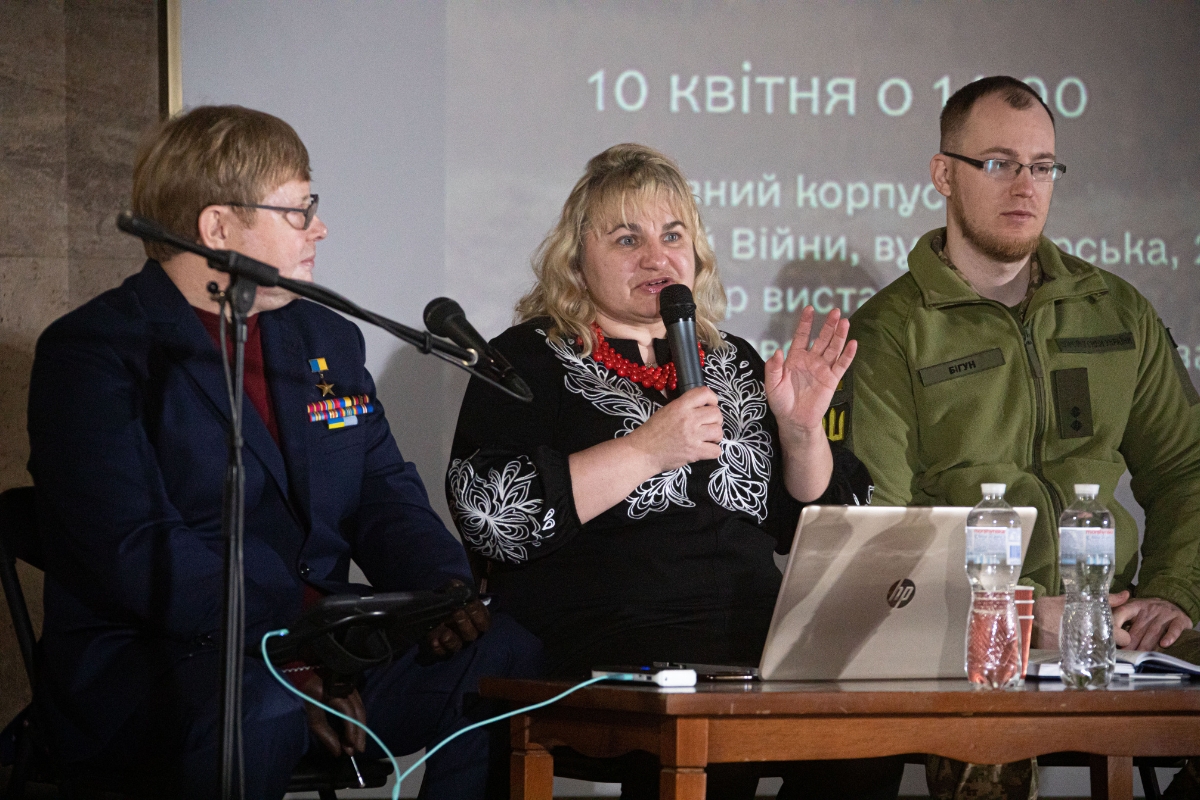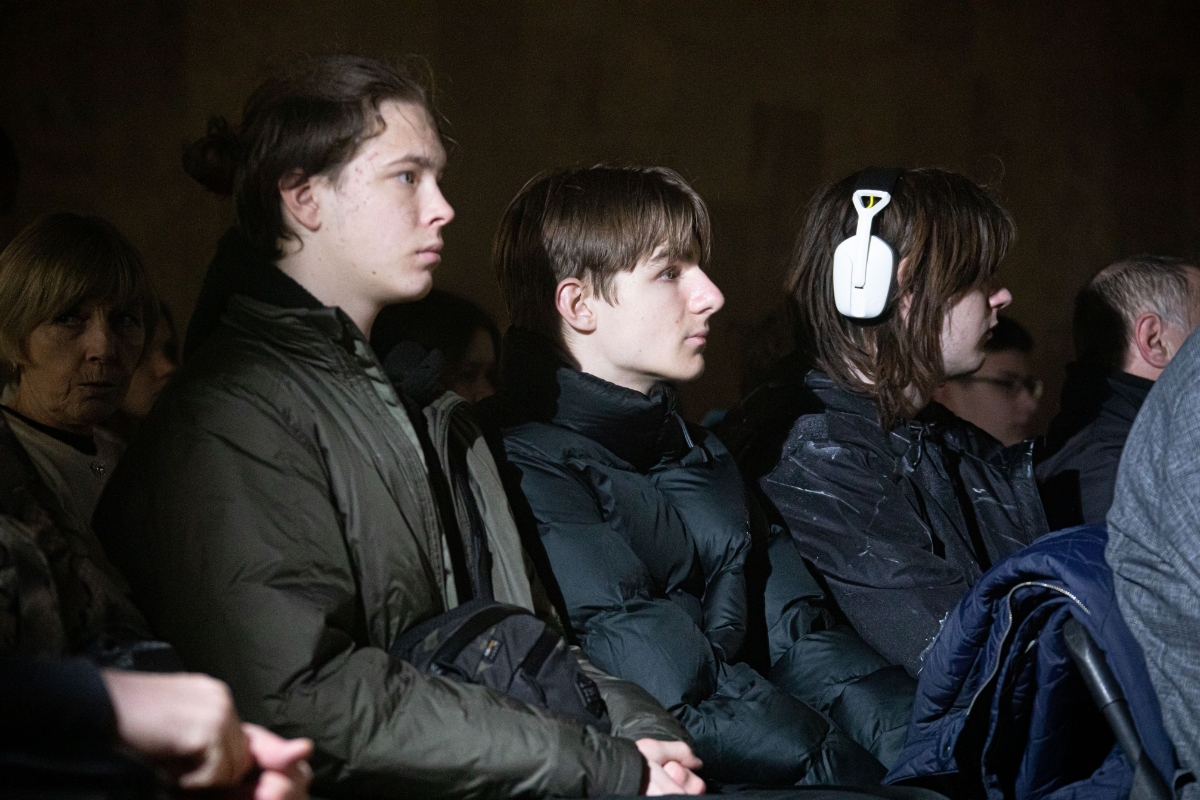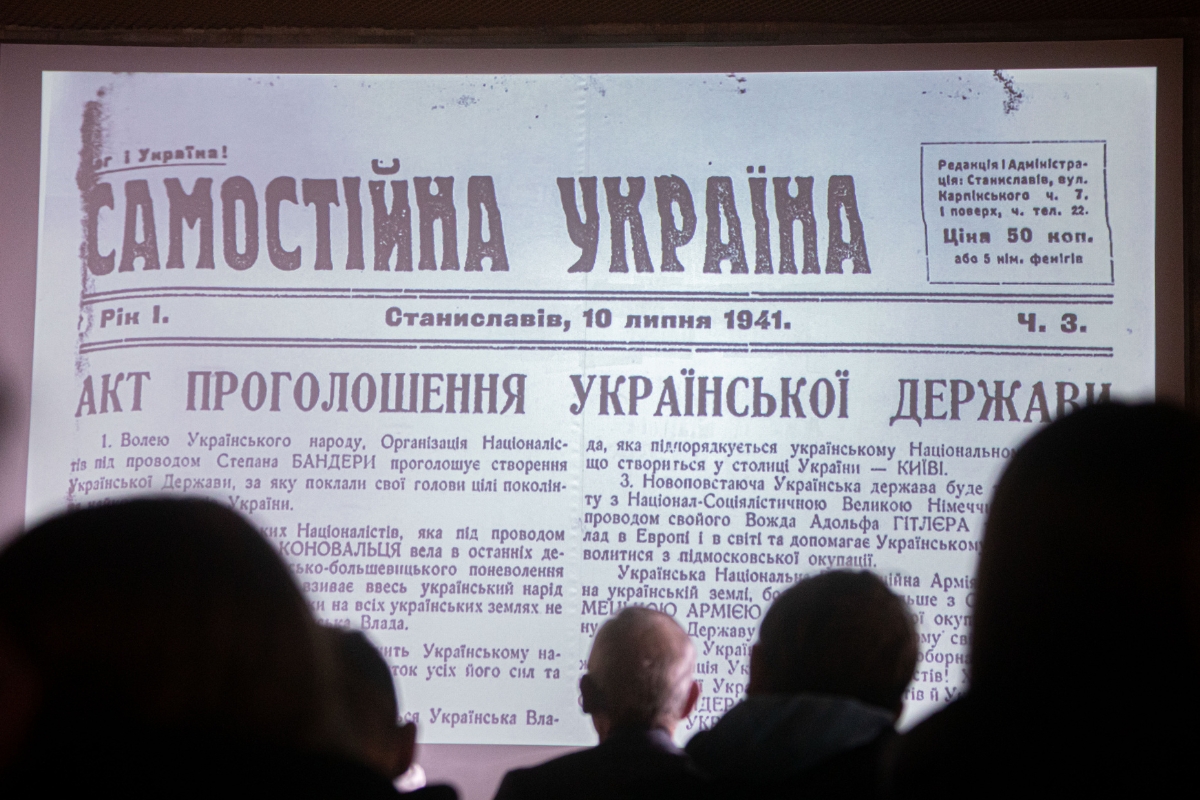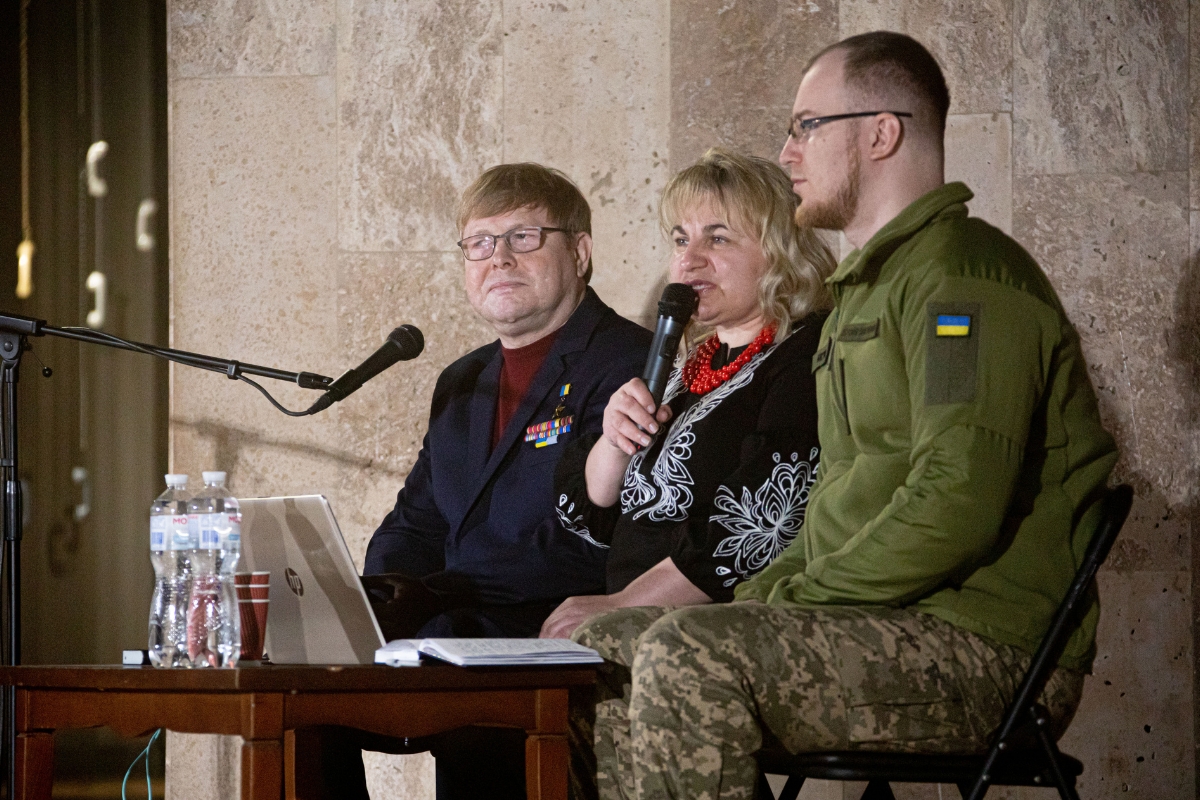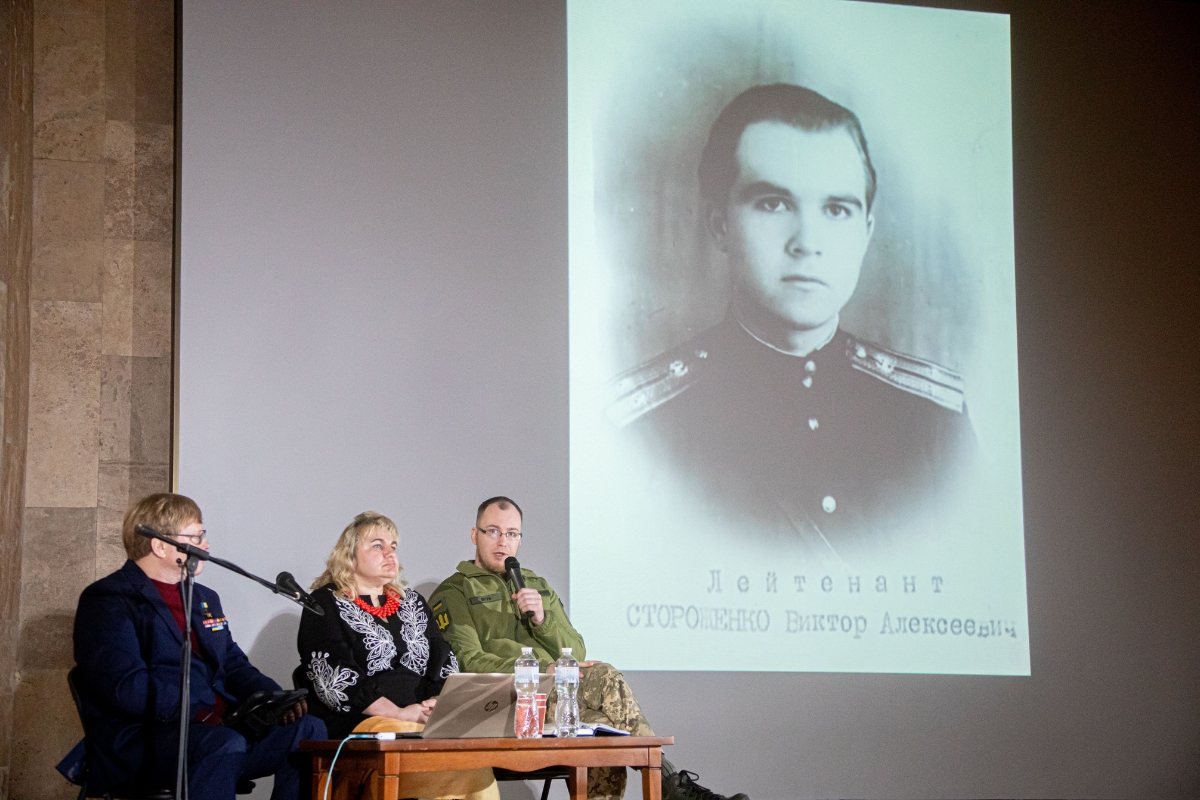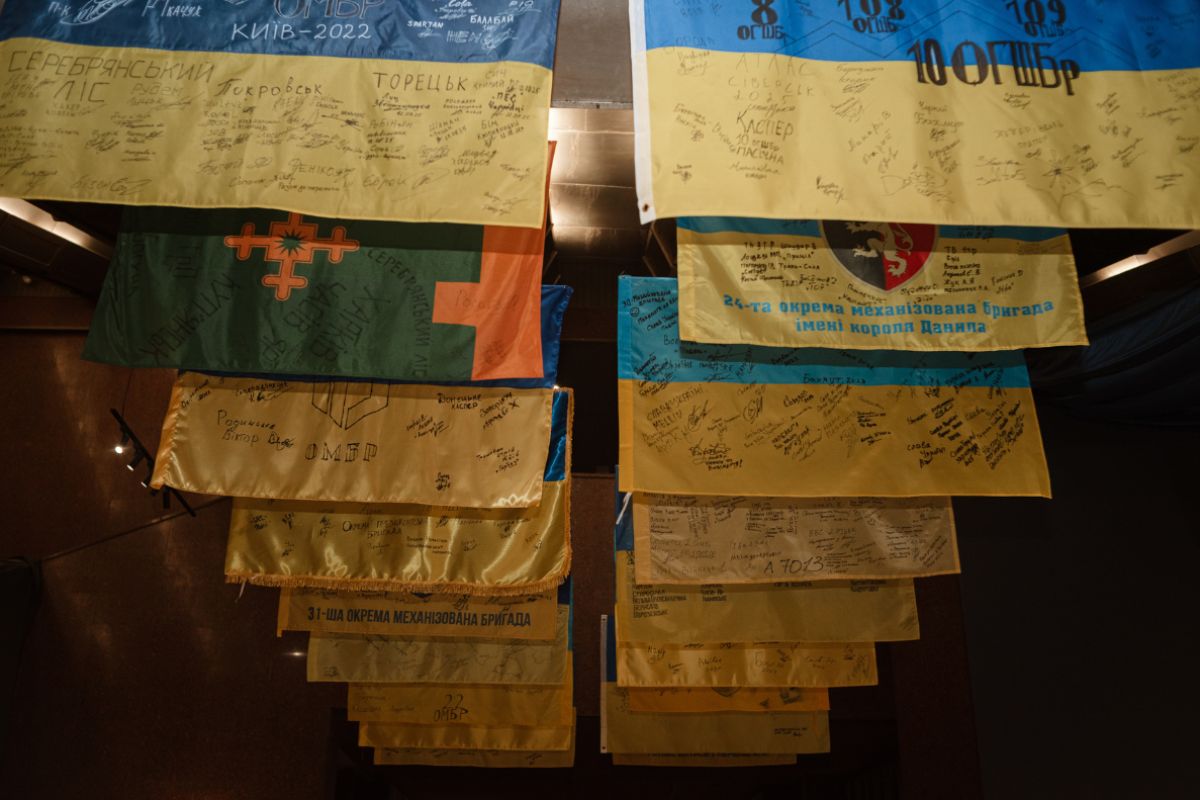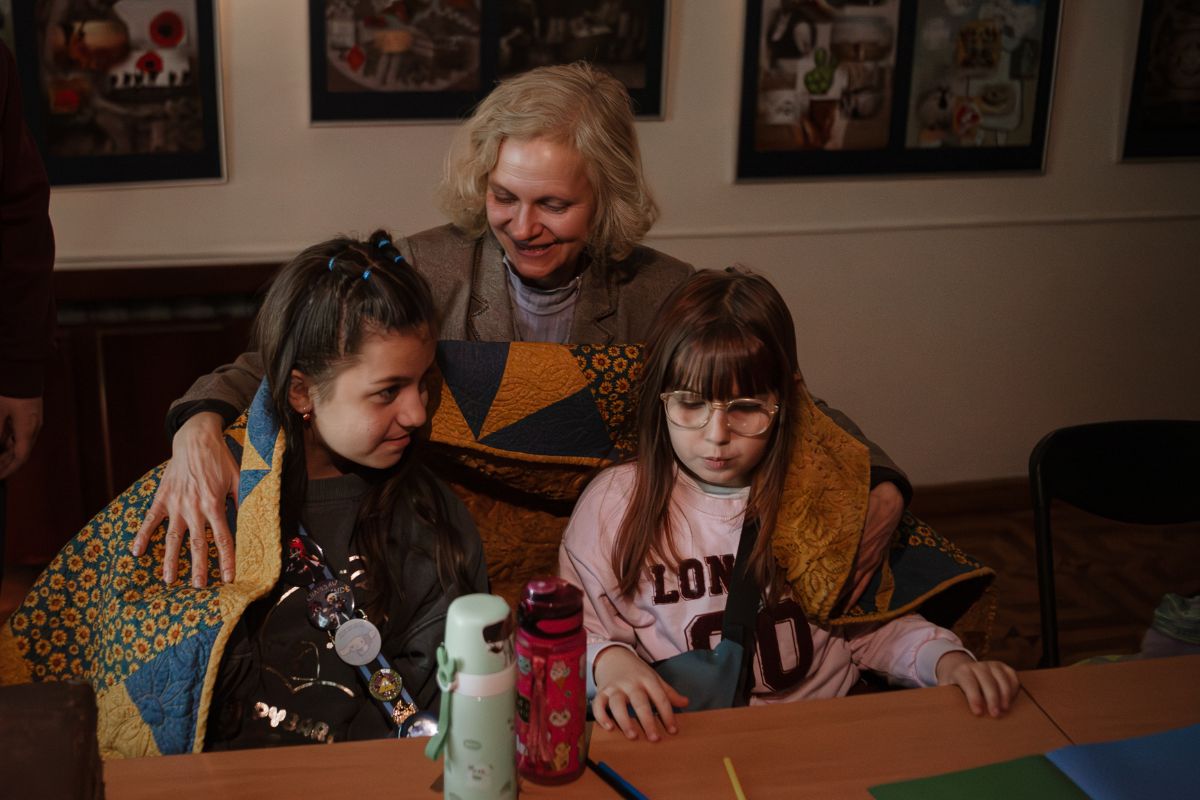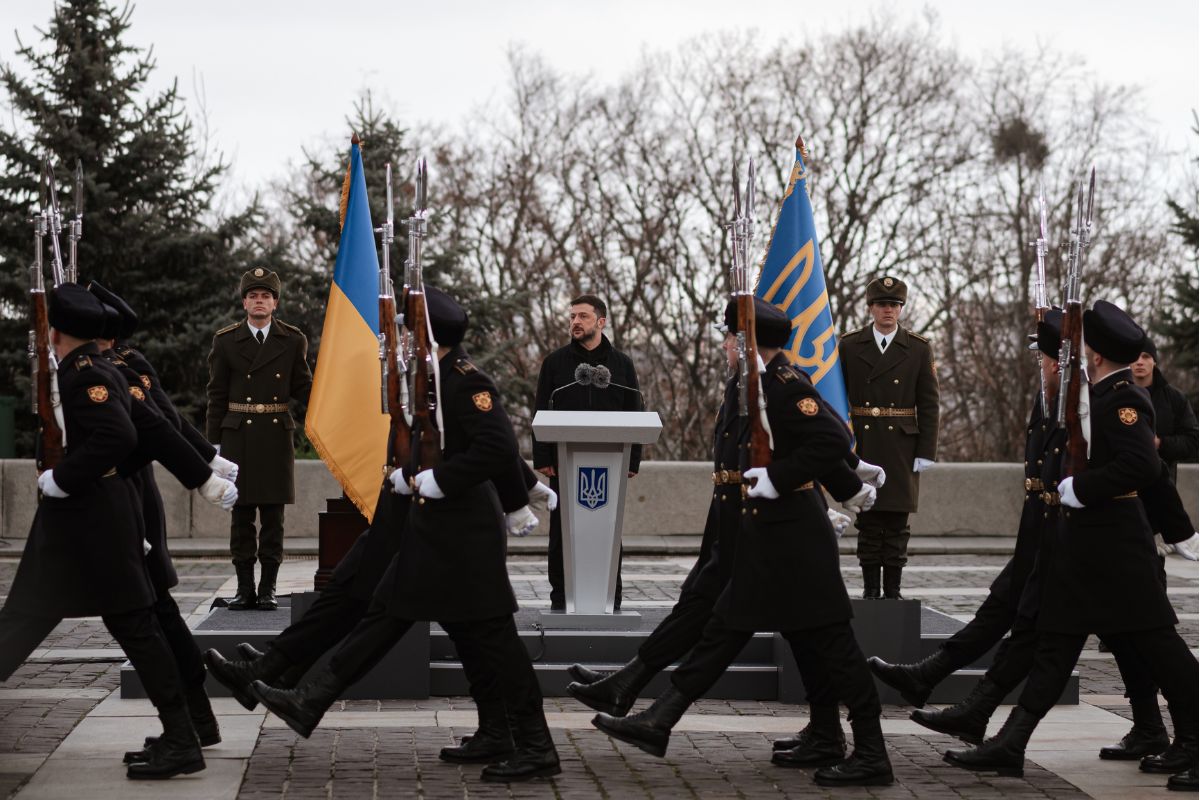On April 14, 1960, the last fighters of the Ukrainian Insurgent Army, a group of three, clashed with KGB soldiers. On the eve of the 65th anniversary of this event, the War Museum held a public lecture on the last armed actions of the Ukrainian underground resistance against the Soviet regime.
Lesia Onyshko, PhD in History, presented the preconditions, origins, and development of the Ukrainian Liberation Movement in the twentieth century. She highlighted that after World War I, the national interests of Ukrainians were largely ignored. Continuing the legacy of the Ukrainian Galician Army, the Ukrainian Insurgent Army (UPA) fought determinedly for the right of Ukrainians to have an independent state, engaging in combat with Polish, German, and Soviet forces. This struggle persisted even after 1945.
Ihor Bihun, a PhD in History and currently a military officer, observed that during the period known as the "thaw" from 1953 to 1964, the Ukrainian Insurgent Army (UPA) did not recognize the declining strength of the regime. The rebels remained underground, formulating plans for sabotage and engaging in confrontations with KGB units. Bihun meticulously detailed the chronology of the notorious battle on April 14. Of the three underground members involved—Mariia Palchak, Petro Pasichnyi, and Oleh Tsentarskyi—only one, a woman, survived. She completed her full sentence and was released on April 14, 1975, living to witness Ukraine’s independence.
The moderator of the meeting, Museum researcher Volodymyr Zhemchuhov, emphasized that the struggle continued despite terror, mass deportations, and repression by the Soviet regime. After the 1970s, the second wave of arrests began: previously convicted, and those who had already served their sentences were persecuted. It is symbolic that the last insurgent, Ivan Honcharuk, was executed by the Bolshevik repressive machine in 1989 when the Soviet Union itself had less than two years to live.
Participants of the event also remembered those who continued to hide throughout the 1980s and into the early 1990s. For instance, Yaroslav Halashchuk came out of hiding in August 1991, while Ilya Oberyshyn did so in December of the same year after Ukraine had already achieved independence. Both successfully legalized their status and received official documents. Around 20,000 participants in the liberation movement welcomed the emergence of a free, united Ukraine.
After 1991, a new phase began in the movement to rehabilitate fighters for Ukraine’s independence who had previously been convicted by the Soviet regime. It wasn’t until 2018 that a law was passed recognizing UPA veterans as combatants. At the end of the event, the audience viewed a video interview with Myroslav Symchych, a Hero of Ukraine and an underground leader. He emphasized, "In the twentieth century, we gained statehood twice but failed to maintain it. In the twenty-first century, it is the responsibility of young people to preserve it." His words deeply resonated with everyone present.
We can protect the independence we have gained by preserving the memory of the heroes who fought for it; it is now our shared responsibility.
